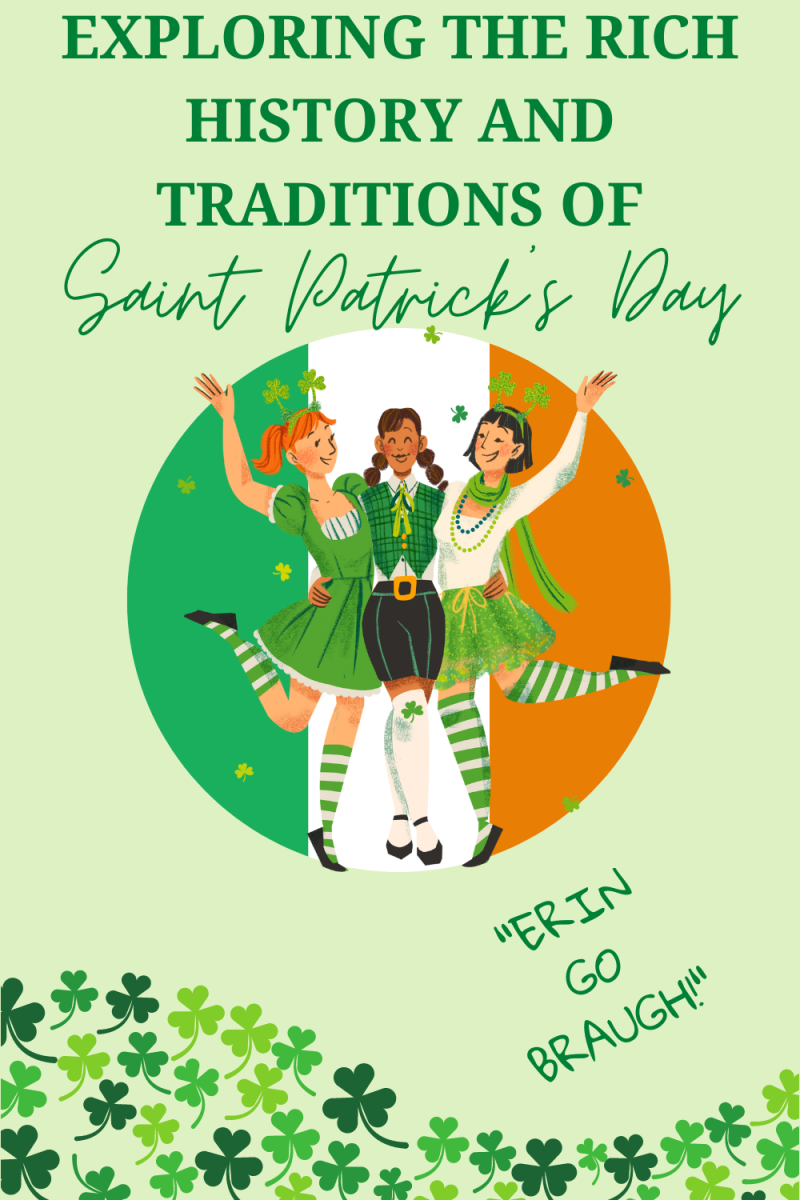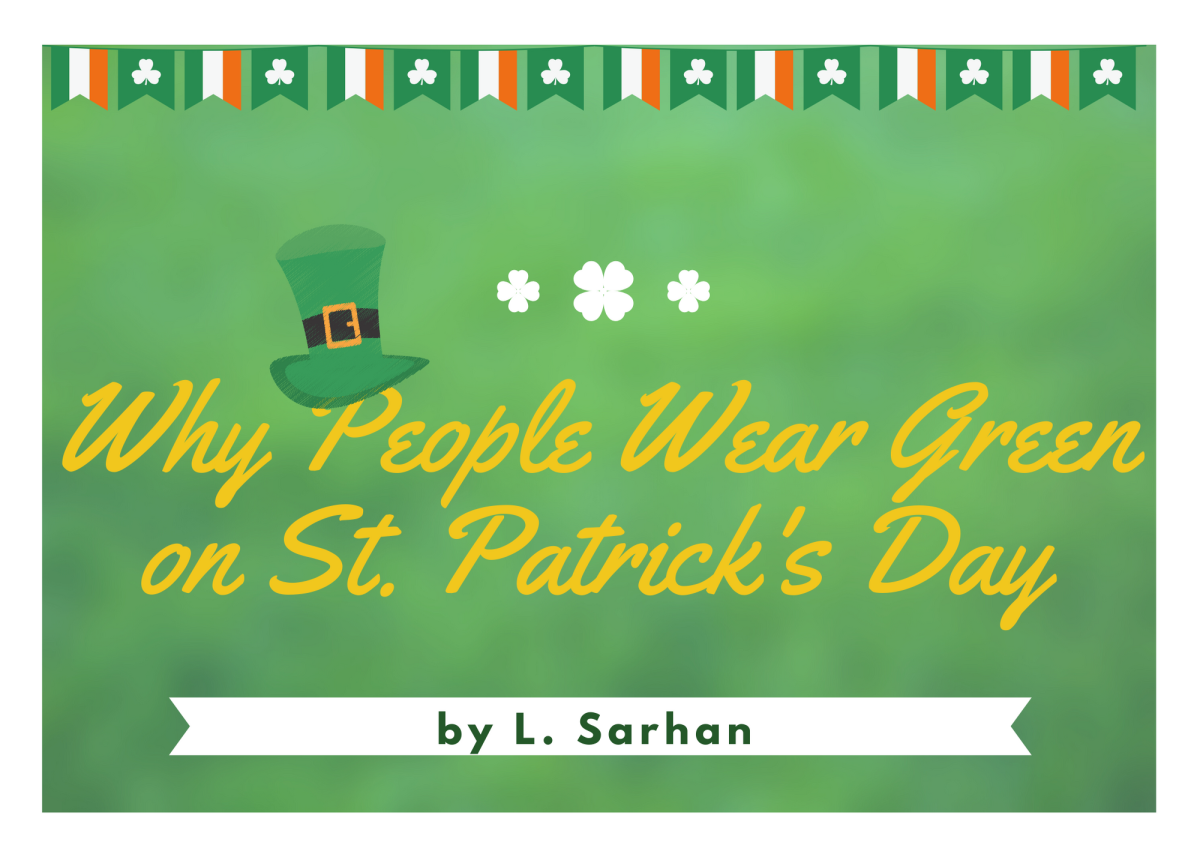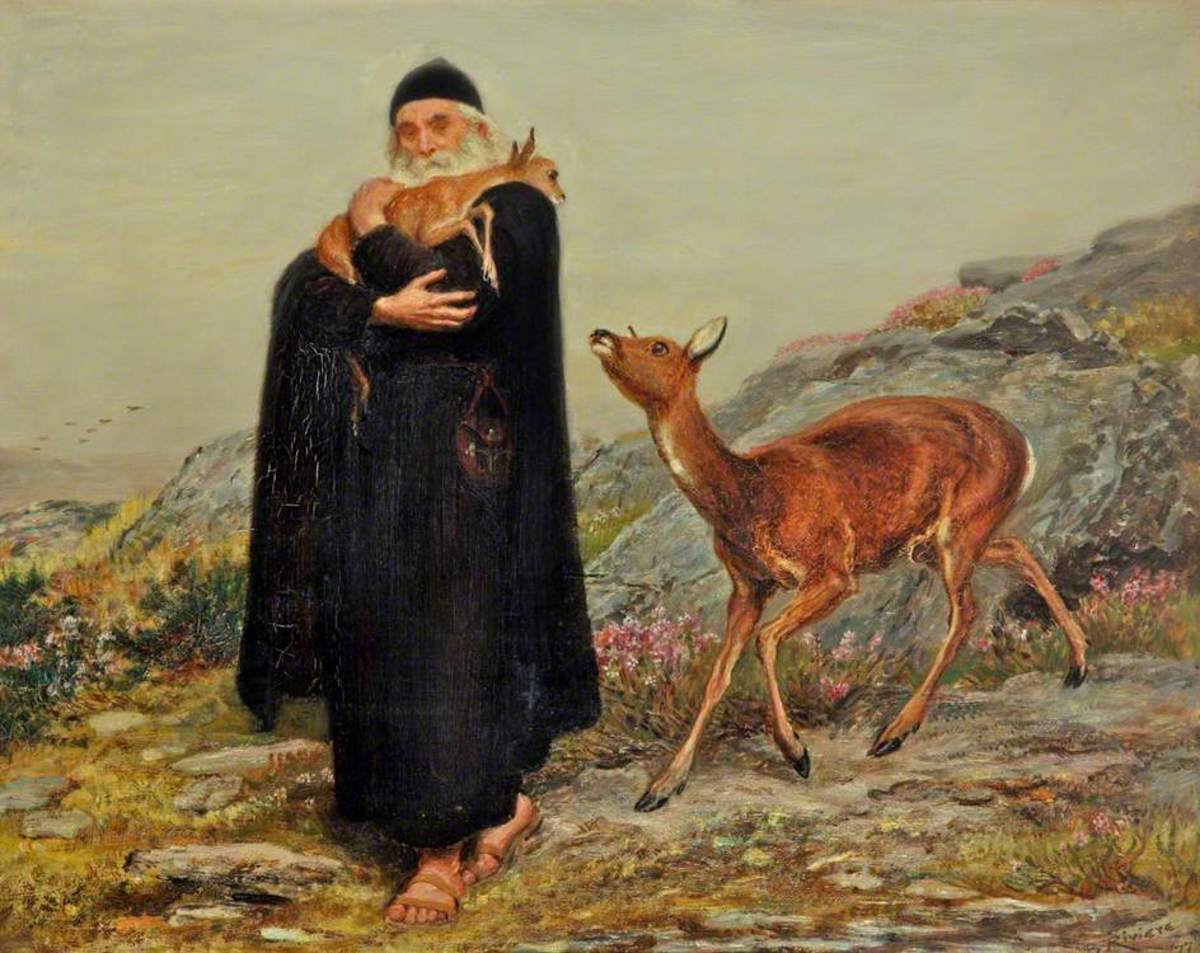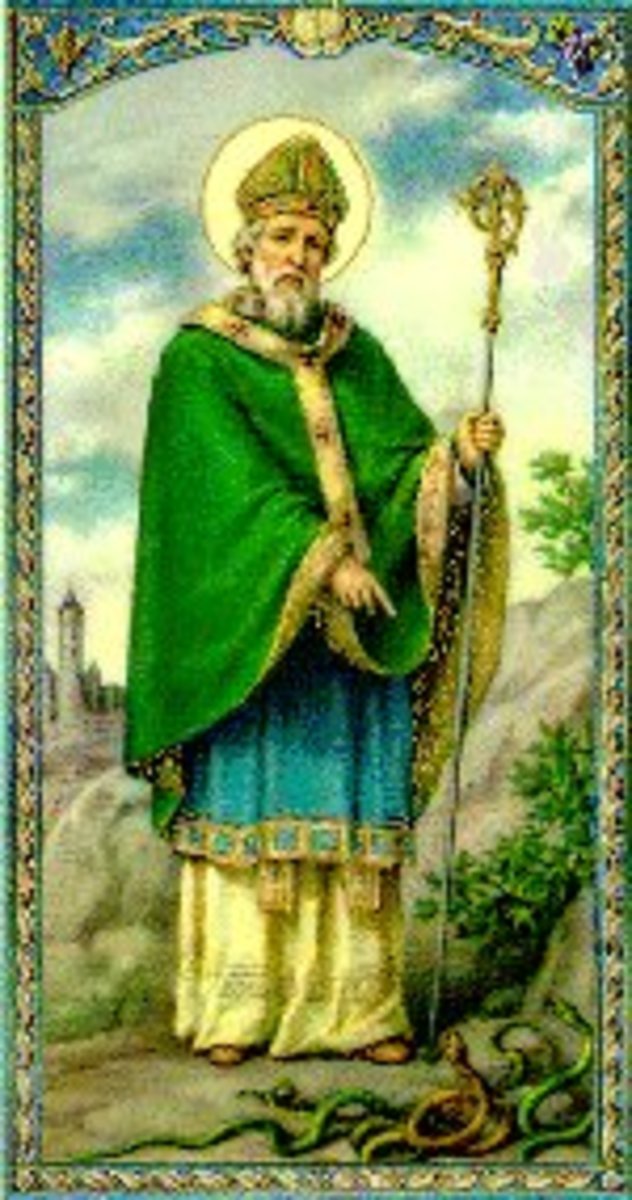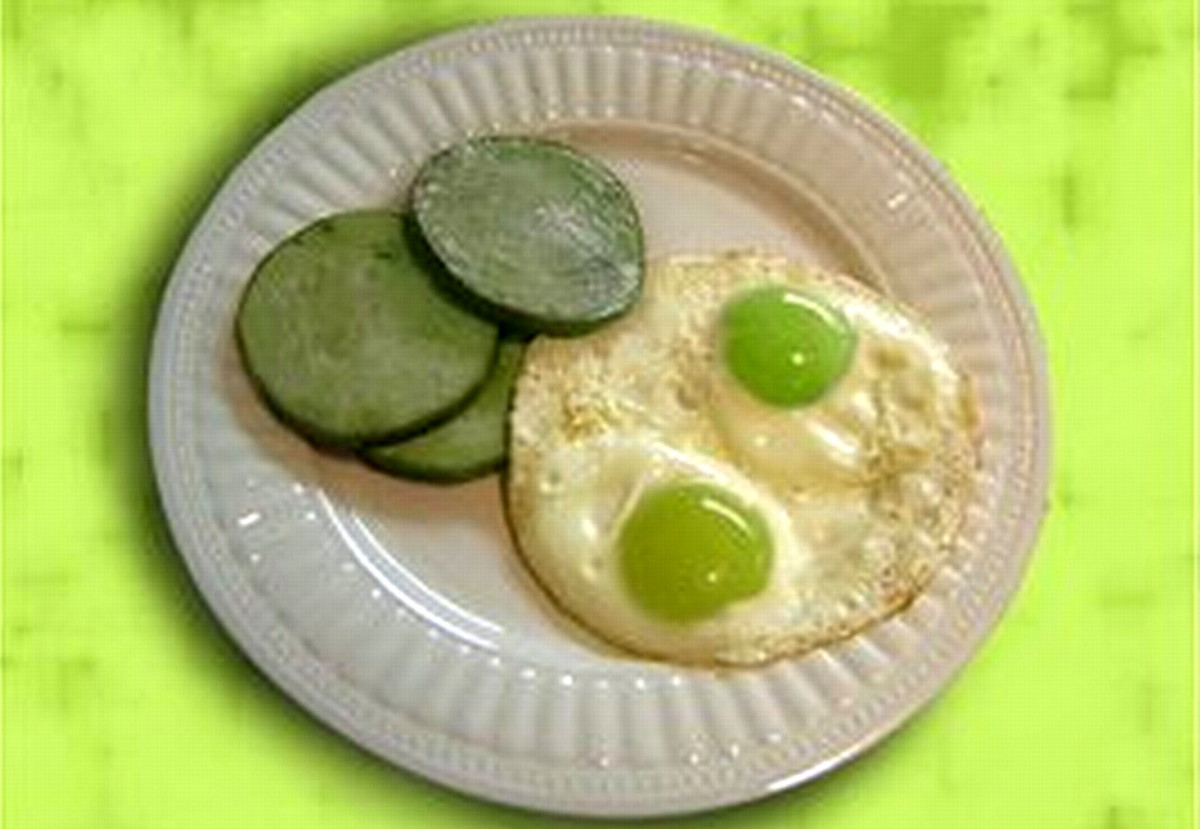The Evolving Traditions of St. Patrick's Day
Corn Beef, Cabbage and Beer
Food and drink play a central role in most social gatherings. Whenever people get together with family or friends some sort of food and drink are usually involved whether it is light fare such as a cup of coffee or tea with a desert or a full meal, social intercourse generally goes better with food and drink.
Conversely, for most people, eating is usually a more pleasurable experience when shared with others, whether it be having dinner with the family or going out with friends, breaking bread with others rather than alone, transforms this biological necessity into an occasion for nourishing both body and soul.
It is not unusual that food and drink play a major role in holiday traditions with certain foods being associated with specific holidays. Thus, we serve turkey and pumpkin pie at Thanksgiving, candy for children on Halloween, chocolate for lovers on Valentine's Day and, for St. Patrick's Day we dine on corned beef and cabbage while washing the meal down with beer.
Of course there are many who skip the corned beef and cabbage and go straight for the beer.
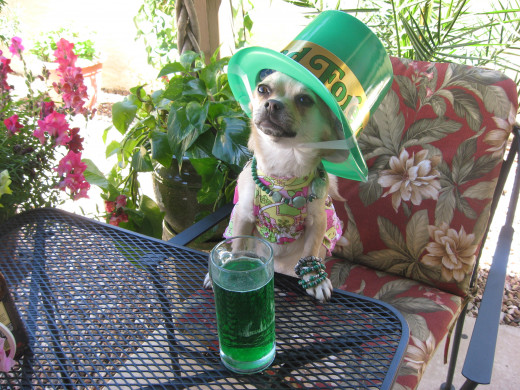
Most Holidays Began as Holy Days
So, how did this food and massive consumption of beer come to be the focal point in the celebration of what began as a religious holiday honoring a famous Saint?
After all St. Patrick's Day is the day on which the Christian Church has set aside to honor St. Patrick, the Englishman who was sent to Ireland as its second Bishop and charged with the mission of converting the Island to Christianity following the failure of the first Bishop, St. Palladius, who failed in his attempt to convert the island to Christianity. St. Patrick did succeed in converting Ireland to Christianity and for this he is honored and the day on which he died, March 17th, has been set aside as the feast day on which he is remembered.
For centuries St. Patrick's Day has been celebrated in Ireland as a holy day set aside to honor the saint. However, in times past, holy days were breaks in the daily routine of work and were, like Sundays, days on which people sought to renew their spirits by going to church, relaxing and enjoying the fruits of their labor. Like Sundays and other holy days, St. Patrick's Day was celebrated in times past by first attending a mass in honor of St. Patrick and then getting together with family and friends for a meal and socializing.
As I have pointed out in some of my other Hubs, our word HOLIDAY has its roots in the words HOLY DAY and many of our holidays - Christmas, Easter, Thanksgiving, Valentine's Day, St. Nicholas Day, Halloween and St. Patrick's Day to name a few - began as days set aside by the Church as holy days. Further, as I pointed out in my Hub on Thanksgiving, from ancient times, holy days were a mixture of spiritual observances and indulging in worldly pleasures. I even quoted the instructions given in the Old Testament Book of Deuteronomy (which is one of the Old Testament books dealing with laws for the newly freed Jews to observe) on how to celebrate a holy day:
"Therefore, I have now brought you the first fruits of the products of the soil which you, O Lord, have given me. And having set them before the Lord, your God you shall bow down in his presence. Then you and your family, together with the Levite and the aliens who live among you, shall make merry over all these good things which the Lord, your God, has given you." (Deuteronomy 26:10-11)
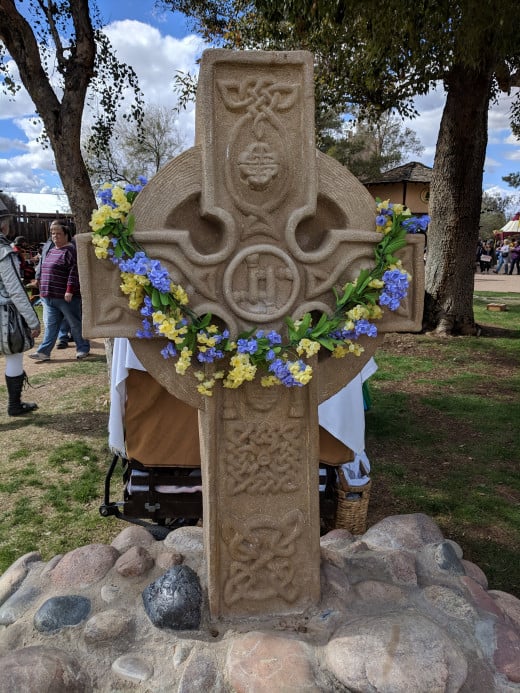
In the villages of rural Ireland, the food and drink would often be consumed in either people's homes or in the local pub which served as the main social center for the community.
Since this was a holiday celebration in which things were done differently from normal days there would be a certain specialness to the food despite the fact that people were basically poor. Bacon and cabbage was more often than not the food of choice.
Unlike the bacon commonly sold in the United States now days, the bacon commonly found in Ireland then and now is much thicker than American bacon and comes from the back rather than the belly side of the pig.
Beer would be the common beverage with some of the men consuming hard liquor as well. Remember, in times past the only way to preserve juices was fermentation which meant that alcoholic beverages were consumed by all, with women and children drinking near beers which had lower alcohol content and men stronger beverages.
The Irish, of course, brought the tradition of celebrating St. Patrick's Day to America and other parts of the world with them. Thus, it was Irish soldiers serving in the British Army who, according to most accounts, held the first St. Patrick's Day Parade in New York City. Following the parade, the soldiers and spectators probably retired to a tavern to continue the celebration with food and drink.
In later years when masses of, mostly poor, Irish immigrants immigrated to the United States and other lands they tended to congregate in their own sections of town and form Irish communities in the cities in which they lived. Just as their ancestors had gathered at the village pub to celebrate St. Patrick's Day and Irish soldiers had gathered at taverns for their celebration of the day, the later Irish immigrants tended to congregate in the neighborhood taverns for their celebration.
Economics Played a Role
As in other things, economics has played a part in shaping the holiday. In America, bacon, especially the Irish variety, was (and still is) expensive compared to beef. The arrival of great masses of Irish immigrants in the nineteenth century coincided with the linking of the U.S. by the railroads, with Irish immigrants supplying much of the labor for this.
The railroads, in turn, made possible the conversion of the plains of the American West to raising cattle which were then shipped east for slaughtering and processing. Of course, just before slaughter, the beef were fattened with corn, another product of the plains. With corn fed beef plentiful and relatively inexpensive, thrifty Irish housewives substituted corned beef for the more expensive Irish bacon thereby giving rise to the tradition of having corned beef and cabbage as the meal of choice on St. Patrick's Day.
Likewise, while Ireland produces good whisky and Irish Cream liquor, beer production has always been a faster and less expensive process making beer the beverage of choice for the poor down through the ages.
While the customs associated Halloween, another ancient religious holiday brought to America from Ireland, tended to evolve in America into more of a holiday for children, St. Patrick's Day became more of an adult holiday with the sharing of beers with friends being a central part of the holiday celebration..
Since all humans like to enjoy a good time, it didn't take long for non-Irish to begin to join in the fun.
As later generations of Irish began to move out from the Irish communities within the big cities and merge in with the general population in the suburbs they tried to maintain a link with their ancestral homeland by continuing traditions like the observance of St. Patrick's Day.
Seeing the growing popularity of the holiday among both Irish and non-Irish, bars and cocktail lounges began trying to cash in on the business potential in the holiday by decorating and hosting St. Patrick's Day celebrations in their establishments.
St. Patrick's Day is Again Becoming a Holiday for the Whole Family
Today, corned beef and cabbage remain the food most often associated with St. Patrick's Day celebrations and beer drinking with friends being the activity that most people think of when thinking about St. Patrick's Day holiday celebrations.
However, like all holidays, St. Patrick's Day traditions continue to evolve, with more cities having parades, schools and Irish groups increasingly using it to promote Irish culture and industries beyond brewing seek to cash in on the holiday.
Florists now do a big business on St. Patrick's Day selling green carnations and other green flowers along with shamrocks. Card companies promote the sending of special St. Patrick's day cards while grocers and bakers offer sweets decorated with green frosting, plastic shamrocks and plastic leprechauns.
Just as many children enjoy making cookies with their parents using cookie cutters in the shape of snowmen, reindeer, stars and other Christmas symbols for Christmas, many parents have now found that they can purchase cookie cutters in the shape of shamrocks and leprechauns and, using the same simple cookie recipe, make St. Patrick's Day cookies.
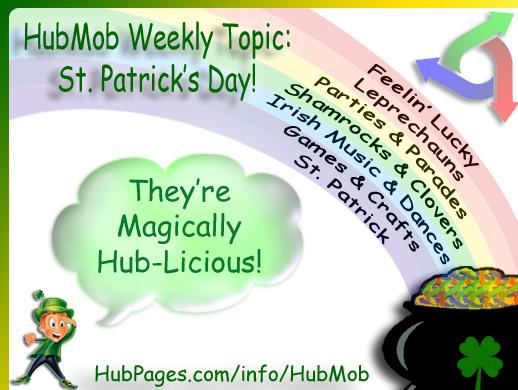
How Do You Like to Celebrate St. Patrick's Day?
Links to My Other St. Patrick's Day & Irish Hubs
- Scot-Irish - The Other Irish
While Ireland is a predominantly Catholic nation there is also a sizable Protestant minority whose traditions go back hundreds of years. Large numbers of both groups emigrated to the United States with those of Protestant faiths choosing to be known - All Things Irish - Eamon de Valera
A leader active in Ireland's independence from and later serving as Prime Minister and President of Ireland. He was actually born in the U.S. to an Irish mother & Spanish father. - Citizen of Both Ireland and America
Everyone considers themselves Irish on St. Patrick's Day almost 11% of Americans are of Irish descent and among these many are dual citizens with both Irish & U.S. citizenship. - St Patricks Day
A brief biography the fifth century saint who converted Ireland to Christianity and the origins of the holiday that is celebrated around the world on his feast day. - St Patrick's Day in Tucson Arizona
Despite the fact that Tucson Arizona is in the old Spanish Southwest, its roots are Irish as the fort that became Tucson was constructed under order of the Irish born Spanish Commander Hugo O'Conor
This content is accurate and true to the best of the author’s knowledge and is not meant to substitute for formal and individualized advice from a qualified professional.
© 2009 Chuck Nugent

